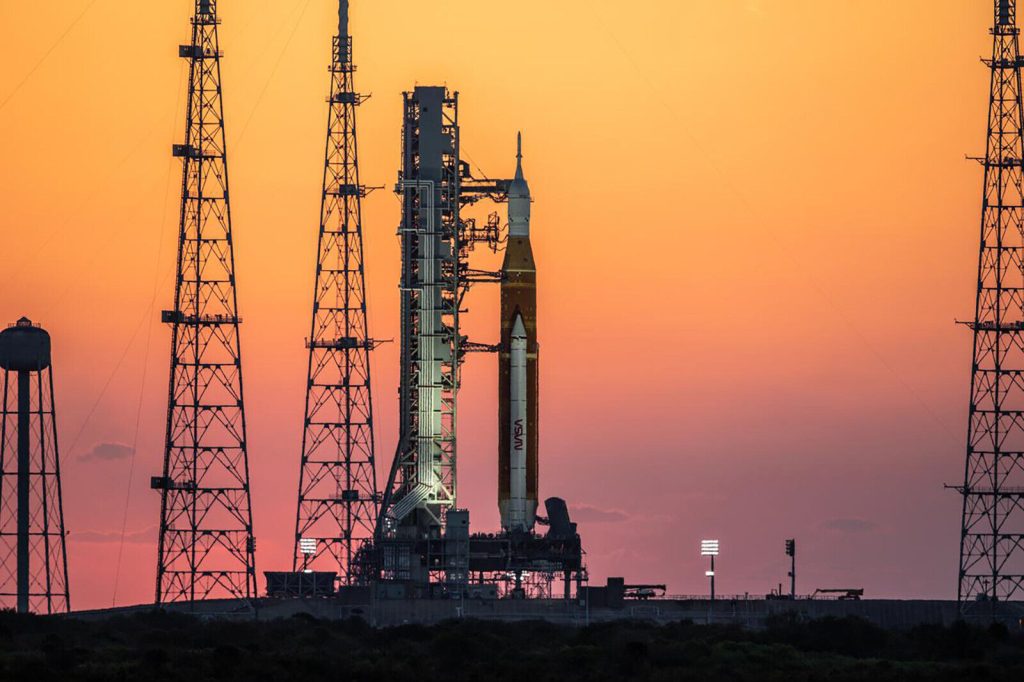NASA’s next moon rocket gets final repairs ahead of mission launch

Sign up for CNN’s Wonder Theory science newsletter. Upgrades are “required at an off-site supplier of gaseous nitrogen used for the test,” providing this window of opportunity to make some fixes before the giant rocket rolls back out to the launchpad for more testing, according to the agency. Preparing a brand-new rocket and spacecraft for launch is “a really complicated thing to do,” said Tom Whitmeyer, deputy associate administrator for common exploration systems development at NASA Headquarters, during a news conference Monday. “We’re putting the pieces of the puzzle together,” he said. “I think we figured out a few more pieces on Thursday, but we’ve got a few more pieces in front of us.”The team is currently assessing what the next steps will be after making fixes to the rocket, but Whitmeyer assured that “we will absolutely go back out and do a dress rehearsal” to demonstrate loading supercold propellant and going through the launch countdown. “It’s just a matter of what’s the right time and right way to do that.”The team has several options once the rocket is back inside the building. The engineers can do a quick option, which is taking care of the minimal amount of things immediately, and then look at how soon they can make another attempt at the wet dress rehearsal test. Another option is to take more time to work on the rocket while it’s in the building and get it closer to rollout in the configurations actually needed for flight.The third option considers doing both a wet dress rehearsal and a launch all in one campaign after rolling out to the launchpad, said Charlie Blackwell-Thompson, Artemis launch director at the NASA Exploration Ground Systems program, during the news conference. “Our team has been working really hard, and I think that they’re doing a great job working through all of these first-time operations, and I am constantly impressed and proud of the problem-solving skills that I see demonstrated within the team,” she said. This latest decision “challenges” the earliest launch window, originally slated for June 6 to June 16, but later launch windows of June 29 to July 12 and July 26 through August 9 remain possible.”We have had a number of challenges to overcome and those challenges require perseverance,” said Mike Sarafin, Artemis mission manager at NASA Headquarters, during the conference. “And that perseverance in turn is building character within the team and character necessary to have optimism and in when we are going to be ready to fly.”The point of the wet dress rehearsal is to learn about issues that can be corrected before being forced to abort a launch attempt, and it’s something that the Apollo and shuttle programs faced as well, Blackwell-Thompson said. The results of the wet dress rehearsal will determine when the uncrewed Artemis I will launch on a mission that goes beyond the moon and returns to Earth. This mission will kick off NASA’s Artemis program, which is expected to return humans to the moon and land the first woman and the first person of color on the lunar surface by 2025.







